Sculpture
Martin Thackray
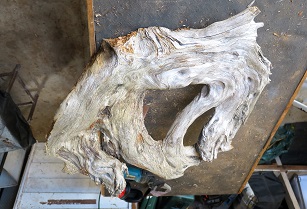
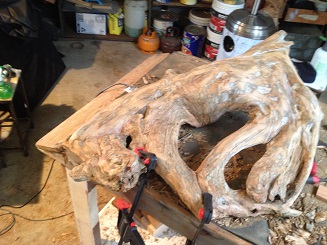

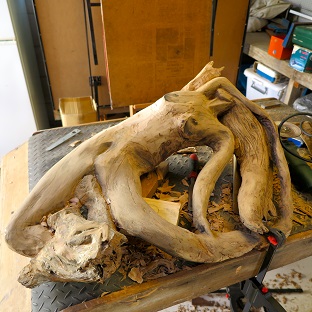
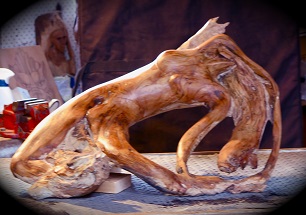
David Keating
David Keating likes to dabble in sculpting. He has a keen eye for the shape within.
When a branch fell on his property he saw a seal and went about providing the marine mammal with flippers and fashioning a tail.
The seal found its way to Willinga Park during Sculpture on the Clyde. It was aptly displayed beside a water feature.

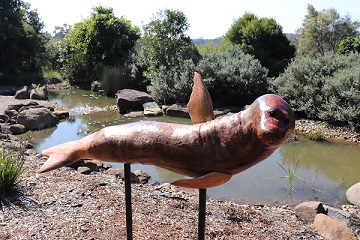
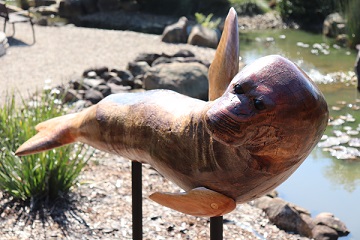
Experimenting
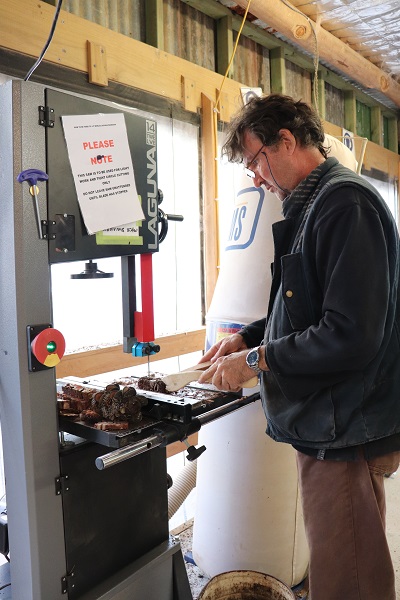
Nick Stone is keen to use whatever he can find in his surrounds.This philosophy has led him to experiment with what May Gibbs called Banksia men. He has found out what works and what doesn't as well as the techniques and processes required to achieve a result.


Members have been watching with great interest.
Making Trucks

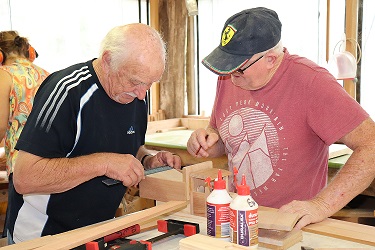
Teamwork

Collaboration
Turned Table legs
How do you turn a table leg?
Planning, preparation and accurate measurements are made to ensure all legs are the same.
How do you make an object that is not round all over?
You need to use sacrificial pieces of wood!
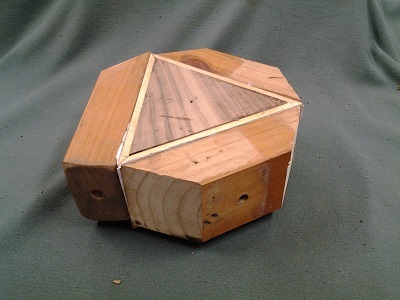
In the picture above the outside pieces of wood are sacrificial. In other words they are not required for the finished design but are essential in forming it.
Finished !
'Stingray' by Nick Hopkins
Nick dabbles in Sculpting among other things and when he came across this piece of wood he 'saw' a stingray.
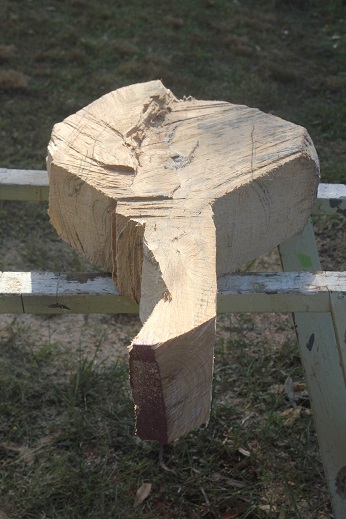

A bit of chainsaw work established the basic shape.

A lot of elbow grease followed!
This was made by Nick Hopkins.
Len Newman
was asked to make an urn. A very special urn.
First a bit of preparation required.

Blank prepared by Eric Simes

The finished result - a unique urn.
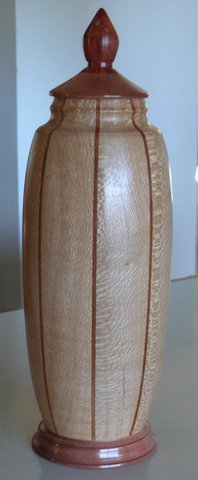
How to Stabilise Wood
In the pictures below you can see Malcolm McDonald instructing members on how to stabilize wood using a stabilizing resin called
'Cactus Juice' .
This is a method he uses on his pen blanks.
Before he began Malcolm explained that there are 3 steps. None can be missed or rushed.


First step, removing the moisture from the pen blanks using a toaster oven. This takes 1 - 2 hours at 110 deg Celsius.

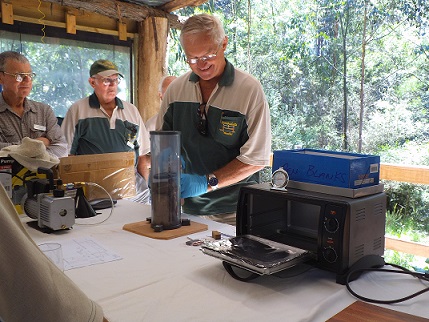
Second step, adding the 'Cactus Juice' till it covers the wood in a special vacuum container.

Removing the air using a two stage vacuum pump. This can take 24 hours!
The last step requires drying the wood once again in the toaster oven.
The question was asked 'What are the advantages of doing this?'
Answer :the process prevents expansion and contraction, that is cracking and shrinking away from the edge.As well as this it prevents tear out when turning up to the edge of the brass tube.
The epoxy fills the pores and results in a much better finish after sanding and it does not affect the turning tools at all.
Malcolm considers this process worth while even though it may take several days.
Toy Making
Any craftsman will know that when making more than one object a template is the only way to ensure uniformity. As well as that it saves a lot of time and more than one person can make it to the exact specifications.
Below is a result of Ken McIntyre's hard work and attention to detail.
Ken recently brought in 13 frogs for the EWG sales table.Each frog has been meticulously finished and will certainly put a smile on any child's face even though the frogs aren't smiling!
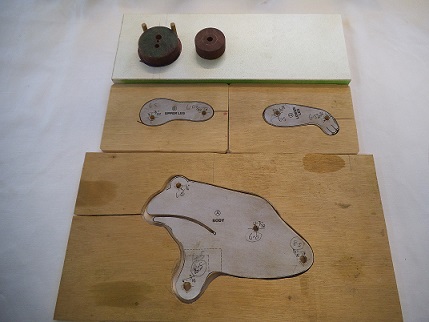

Nick dabbles in Sculpting among other things and when he came across this piece of wood he 'saw' a stingray.
A bit of chainsaw work established the basic shape.
A lot of elbow grease followed!
This was made by Nick Hopkins.
First a bit of preparation required.
Blank prepared by Eric Simes
The finished result - a unique urn.
How to Stabilise Wood
In the pictures below you can see Malcolm McDonald instructing members on how to stabilize wood using a stabilizing resin called
'Cactus Juice' .
This is a method he uses on his pen blanks.
Before he began Malcolm explained that there are 3 steps. None can be missed or rushed.


First step, removing the moisture from the pen blanks using a toaster oven. This takes 1 - 2 hours at 110 deg Celsius.


Second step, adding the 'Cactus Juice' till it covers the wood in a special vacuum container.

Removing the air using a two stage vacuum pump. This can take 24 hours!
The last step requires drying the wood once again in the toaster oven.
The question was asked 'What are the advantages of doing this?'
Answer :the process prevents expansion and contraction, that is cracking and shrinking away from the edge.As well as this it prevents tear out when turning up to the edge of the brass tube.
The epoxy fills the pores and results in a much better finish after sanding and it does not affect the turning tools at all.
Malcolm considers this process worth while even though it may take several days.
Toy Making
Any craftsman will know that when making more than one object a template is the only way to ensure uniformity. As well as that it saves a lot of time and more than one person can make it to the exact specifications.
Below is a result of Ken McIntyre's hard work and attention to detail.
Ken recently brought in 13 frogs for the EWG sales table.Each frog has been meticulously finished and will certainly put a smile on any child's face even though the frogs aren't smiling!


Updated
:2019